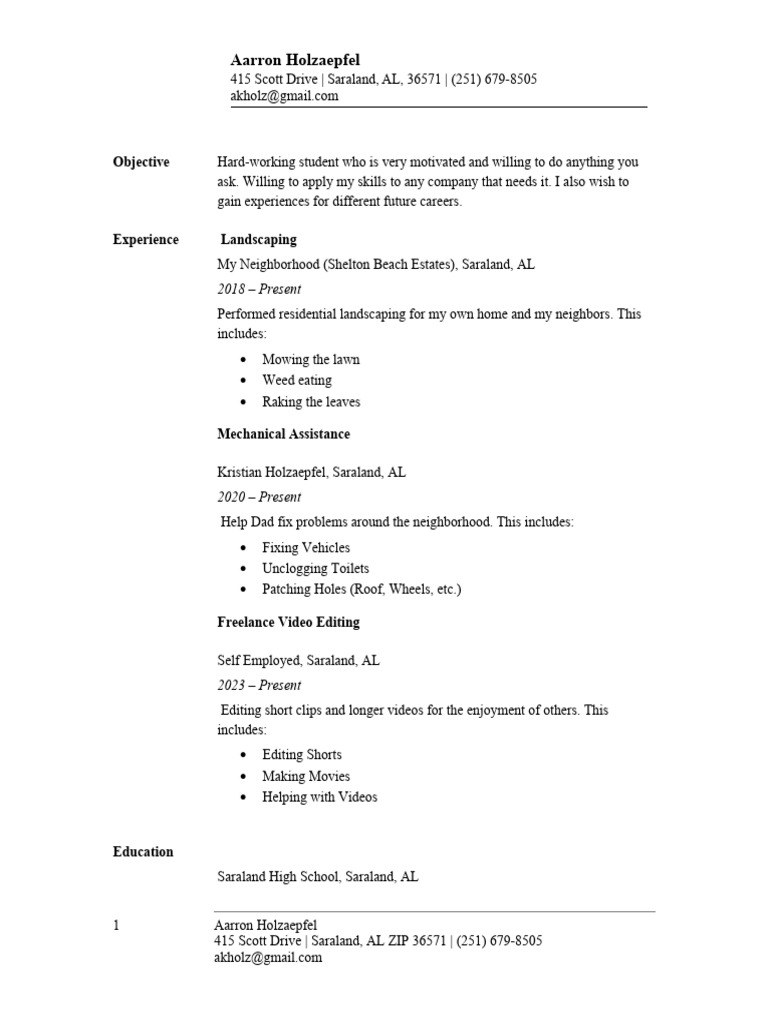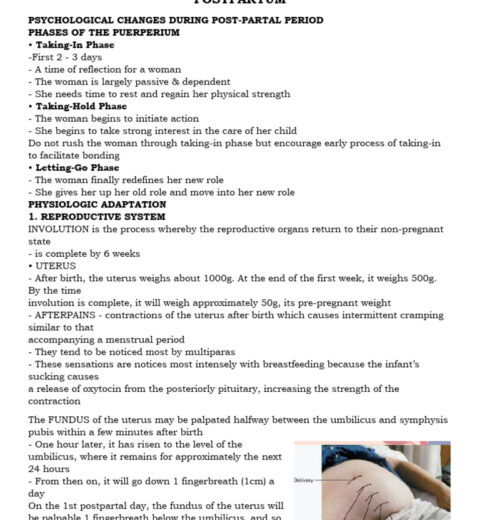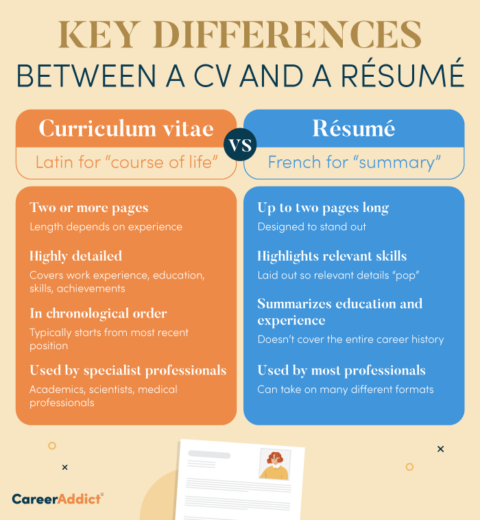In the contemporary job market, the efficacy of a resume cannot be overstressed. It acts as a first impression, functioning as both a marketing tool and a brochure of professional accomplishments. Thus, the perennial question looms: how long should your resume be? Several factors influence this length, and understanding them will allow candidates to make informed decisions that could significantly impact their employability.
Traditionally, resumes were confined to a single sheet of paper, primarily in the era when job application processes were less complex. This one-page format was not merely a guideline; it was a necessity instilled by the constraints of printing and the attention span of hiring managers. As recruitment evolved with digital platforms, so too did the expectations surrounding resume length. Today, the optimal resume length varies, depending on specific factors such as career level, industry, and individual accomplishments.
For entry-level positions, a one-page resume typically suffices. This brevity serves to highlight the essentials without overwhelming potential employers. Fresh graduates or those new to the workforce may possess limited experience. Therefore, a concise representation of relevant internships, academic projects, and skills is most effective. The focus here is not merely on quantity but rather on quality. By concentrating on key achievements that underline abilities and aspirations, candidates can utilize the limited space admirably.
As professionals ascend the career ladder, the expectations shift. Mid-level professionals or those in specialized fields may find that a two-page resume allows for a more comprehensive portrayal. This additional space can detail a more extensive work history, showcase multiple relevant skills, and illustrate a clearer trajectory of career growth. A well-structured two-page resume can narrate an engaging tale of professional evolution, effectively reflecting the candidate’s journey. It is crucial to avoid excessive filler, however; each inclusion should present substantive contributions to past employers and illustrate why the candidate stands apart from others.
In some instances, senior executives and well-established professionals may even consider three pages or more. However, such lengths should be reserved for individuals with an exceptionally rich background, encompassing significant achievements, specialized skills, and substantial communal contributions. Industries such as academia or research commonly accept detailed curricula vitae (CVs) rather than conventional resumes. A CV outlines a comprehensive history, including publications, conferences, and other scholarly endeavors, often extending well beyond three pages. In such cases, depth outweighs brevity, as the goal is to impart thorough professional and academic journeys.
The culture of various industries can also dictate preferred resume lengths. Creative fields such as advertising or design might appreciate innovative and visually impactful resumes that emphasize design elements and personal branding over strict adherence to page limits. Conversely, corporate environments might still favor traditional formats, reconsidering resumes that exceed two pages as extraneous. This underlines the importance of tailoring a resume per the industry in question, taking into account both expectations and preferences.
Moreover, confidence in one’s credentials can dictate resume length. Prospective candidates who are genuinely proud of their accomplishments may feel inclined to provide additional details to give hiring managers insight into their career journey. On the other end of the spectrum, some candidates may adopt a more minimalist approach, fearing that verbosity could dilute their message. Striking a balance between thoroughness and succinctness is vital. A resume must evoke intrigue; yet, overwhelm should be avoided.
An increasingly popular option is the use of online profiles on platforms such as LinkedIn or personal websites. These online platforms can convey details that might be cumbersome in print or unnecessary for a traditional resume. Candidates can still maintain an optimal resume length by optimizing their print form while presenting an exhaustive narrative online. This dual approach caters to varying preferences from hiring managers and enables candidates to express themselves more fully.
Ultimately, the duration of a resume should not only reflect the content but also convey professionalism, clarity, and relevance. Candidates must evaluate their experiences through a critical lens, discerning which details offer the most pivotal insight into their qualifications. This self-reflection can result in a more powerful and tailored resume that resonates with prospective employers.
To encapsulate, the ideal resume length is not solely contingent on generic rules but also influenced by several nuanced factors. Entry-level candidates should aim for a concise one-page format, while seasoned professionals may require two pages to effectively portray their accomplishments. Exceptional candidates might explore third-page options, particularly in specific industries that encourage expanded narratives. Consistently, the focus should be on relevance and quality over sheer length, ensuring that every word serves a distinct purpose. As the job market continues to evolve, so too does the art of resume writing—an intersection of creativity, clarity, and conciseness.




